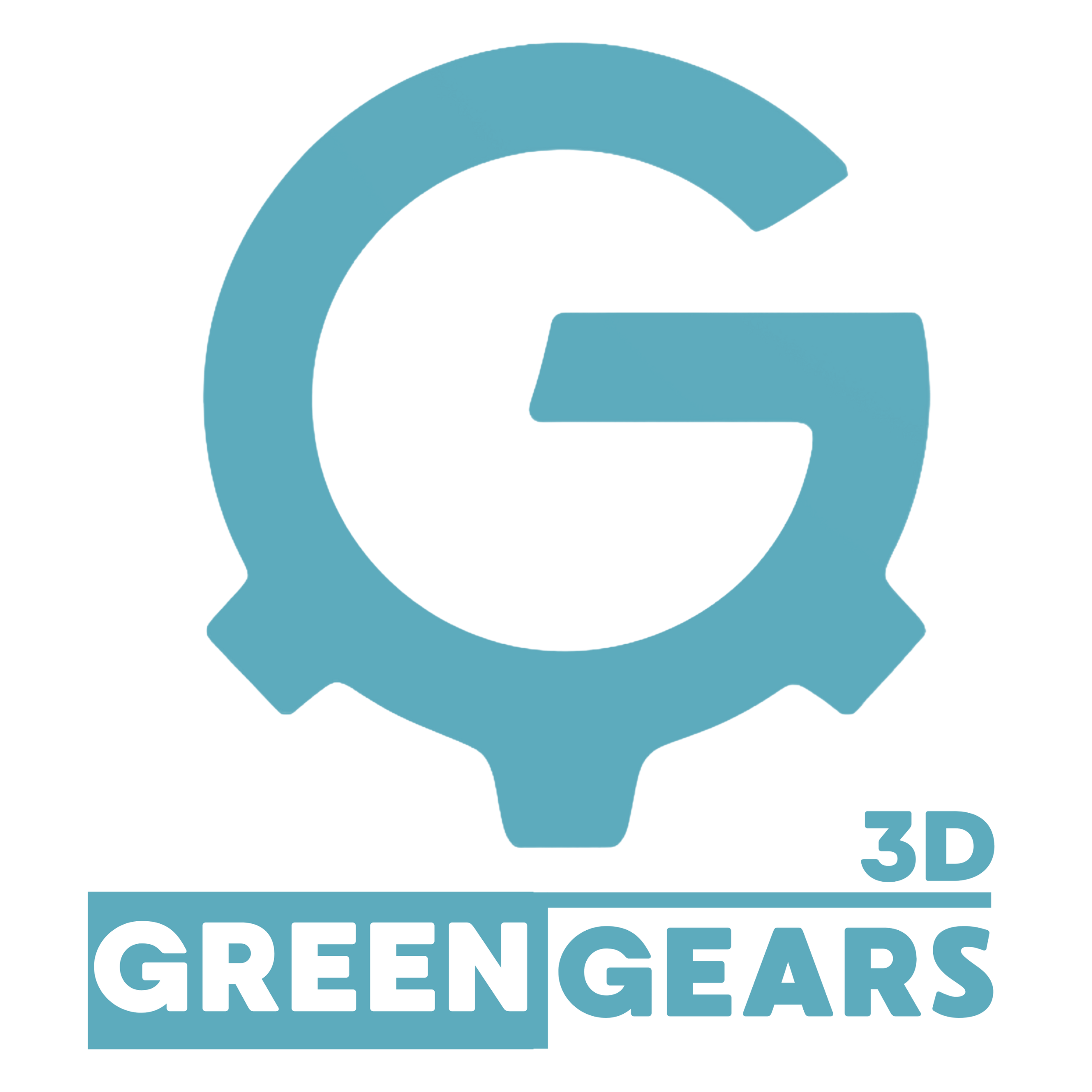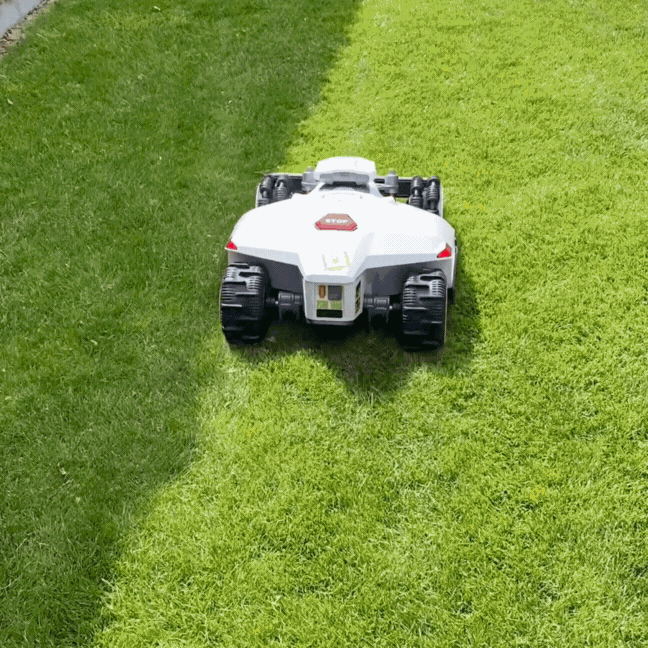Warnings
Safety Information
1. Safety instructions for mowing plates made of ASA material
Material properties and restrictions:
The mowing plate is made of high-quality, UV-resistant ASA material that is durable and weatherproof. Suitable for normal mechanical loads; extreme loads and temperatures above 80 °C can affect stability. Not suitable for applications other than robotic mowers.
General safety instructions:
Regularly check the cutting disc for cracks, wear or deformation. Use only compatible blades and mounting materials that are suitable for this cutting disc. The cutting disc may only be operated with the intended blades from our range or blades with the same dimensions to avoid damaging the robotic lawnmower.
Installation and removal:
Turn off the robotic mower and disconnect it from the power supply completely before installing or removing the mower deck. Use a suitable screwdriver for installation and tighten the screws only hand-tight. The use of a cordless screwdriver is not permitted.
Maintenance and inspection:
Regularly check for damage and replace the mowing disc if there is visible material fatigue. Clean the mowing disc with fresh water if necessary, avoiding aggressive chemicals.
Operating conditions:
The mowing disc is optimized for use on flat lawns. Avoid unevenness and obstacles such as stones, manhole covers, roots, etc., as these can cause damage.
2. Safety instructions for blades
Material properties:
The blades are made of high-quality stainless steel with a titanium carbide coating for maximum sharpness and durability.
General safety instructions:
Warning: the blades are extremely sharp. To avoid injury, wear suitable protective gloves when installing. Keep the blades out of the reach of children.
Installation and removal:
Make sure that the mower is switched off and that no energy source is connected. Use only the blades intended for the mower disc to ensure stability and safety.
Disposal:
To avoid injury, wrap the blades in paper or cloth before disposal and dispose of them in an environmentally friendly manner.
3. Safety instructions for adapters made of ASA material
Material properties and restrictions:
The adapters are made of UV-resistant ASA material and are specially designed to lower the cutting height. Adapters must not be combined with each other, as this can cause imbalance and instability.
General safety instructions:
Check the adapter regularly for cracks, wear or deformation. Use adapters only with compatible mower decks and robotic mowers. Adapters should only be used on level lawns, otherwise the additional lowering can cause damage to the lawn if it is cut too short. Keep the adapters out of reach of children under 3 years of age to avoid choking.
Installation and removal:
Use a screwdriver and tighten screws only hand-tight. The use of a cordless screwdriver is not allowed.
Maintenance and disposal:
Clean the adapter as needed with fresh water and avoid aggressive cleaning agents. Dispose of damaged adapters in an environmentally friendly and safe manner.
4. Safety instructions for mounting screws
Material properties:
The screws are made of galvanized, hardened steel or stainless steel and are specially designed for safe use in robotic lawn mowers.
General safety instructions:
Screws are small parts and can pose a choking hazard or risk of injury to children if not handled properly. Use only the screws supplied by us or screws with the same specifications.
Mounting and dismounting:
Screws may only be mounted or dismounted by hand using a suitable screwdriver. Cordless screwdrivers or electric tools are not permitted. Tighten the screws firmly, but avoid over-tightening to prevent damage to the thread or mounting.
Maintenance and inspection:
Regularly check the screws for secure fit and visible damage. Replace damaged screws immediately to ensure the stability of the mowing disc.
Disposal:
Dispose of damaged screws in an environmentally friendly way and pack them securely to avoid injury.
Summary of safety measures
Regularly check the condition of all components (cutting disc, blades, adapters and screws). Follow the assembly and maintenance instructions to ensure safe use. Keep all parts out of the reach of children and use them only for their intended purposes.
Keep out of reach of children.






























